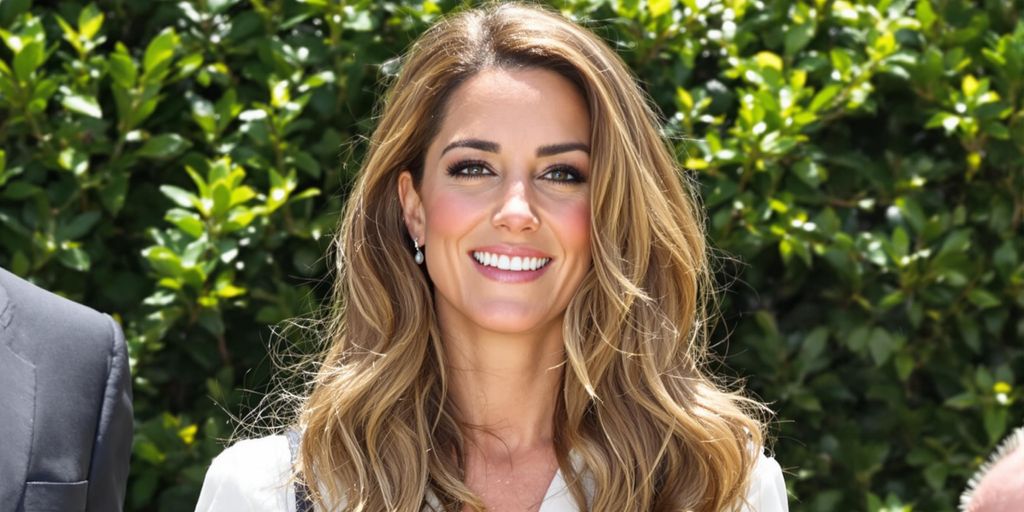Title: The Impact of Hormonal Changes on Hair Health from Puberty to Menopause
Human hormones play a vital role in shaping our physiology and overall health. Among the most visible, yet often overlooked aspects that are influenced by our hormones is hair health. Changes in hormone profiles can drastically affect hair in terms of quality, appearance, texture, and its growth cycle. For women, these hormonal shifts occur at different life stages, primarily from adolescence to menopause and pose significant impacts on their hair. Understanding hormonal roles at these stages can significantly benefit gender-specific hair care routines.
In the phase of adolescence or puberty, there is an influx of sex hormones, including androgens such as testosterone. These hormones aid in the development of secondary sexual characteristics, one of them being body hair. The increase in hormonal levels during puberty activates the oil glands in the scalp, causing sebum production to shoot up. This can lead to the adolescent’s scalp becoming greasier and at times can incite conditions such as dandruff or seborrheic dermatitis. Additionally, the hair might adopt a thicker or coarser texture, specifically in areas like the underarms and the public region. There is also the possibility of hormonal imbalance during puberty leading to conditions like androgenetic alopecia, characterized by hair thinning or loss. While this condition is less frequent at this age, early signs of pattern baldness can be observed, especially if there is a genetic predisposition.
Then comes the phase of pregnancy and the subsequent postpartum period – often described as hair health’s roller coaster ride. Pregnancy often marks a period of hair abundance in many women. This is primarily because of the surge in estrogen levels, elongating the growing or the anagen phase of the hair cycle. The result of this hormonal change is the hair looking considerably fuller, shinier, and thicker during the period of pregnancy. The story changes post-childbirth as estrogen levels drop drastically. This hormonal transition can prompt a temporary condition called telogen effluvium, characterized by substantial hair thinning for several months after giving birth.
As women transit to the stage of perimenopause (the phase before climaxing into menopause), the fluctuating hormonal levels begin influencing hair differently. Perimenopause witnesses a gradual decline in estrogen levels while androgen levels remain constant or may have a slight rise. This imbalance could lead to the hair becoming thinner, weaker on the scalp, and in specific cases, there might be a rise in facial hair growth. The hair might lose its density and become more prone to breaking due to a reduction in the anagen phase.
Finally, with menopause coming into the picture, a further drop in estrogen levels causes the hair cycle to shift, prompting more hair follicles to enter the resting or telogen phase. This shift can lead to increased hair shedding and reduced regrowth — a common scenario in post-menopausal women. Hormonal replacement therapy (HRT) might provide solace. However, its effectiveness varies among individuals.
In summary, the different stages of life from puberty to menopause can significantly impact hair health due to hormonal changes in women. Understanding how hormones influence hair health during these critical phases of life can arm women with the knowledge to manage their hair with the appropriate care routines, effectively addressing the transformations occurring at different life stages. This understanding can open up doors to potential solutions and preparations for these inevitable hormonal changes and the associated hair health impacts.





